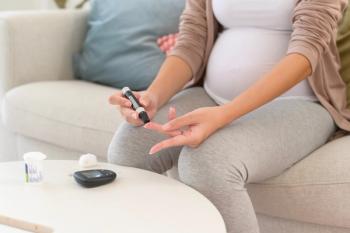
Throat Bracelet Helps Patients Suffering from Acid Reflux
The LINX Reflux Management System, which was approved by the FDA in 2012, has demonstrated impressive results in a study involving 100 participants with long-term acid reflux.
The LINX Reflux Management System, which was approved by the FDA in 2012, has demonstrated impressive results in a study involving 100 participants with long-term acid reflux.
Researchers have reported promising results of a study of a surgical device used to treat gastroesophageal reflux disease (GERD). The LINX Reflux Management System, which was
The flexible ring expands when a patient swallows, but otherwise keeps the esophagus closed to prevent bile from regurgitating. At rest, the ring is approximately 0.5 inches in diameter, but it can expand up to 1.5 inches in diameter.
In a feasibility study conducted by the device’s manufacturer, 26 men and 18 women with an average age of 42 received the ring. Each patient in the study had suffered from acid reflux for at least 10 years and had not improved with medication. Once the ring was in place, the amount of acid in participants’ throats decreased significantly; within a year after surgery, 86% of participants did not need medication.
Now, the
Of the 100 participants, 6 experienced adverse events, and 4 of those patients asked that the device be removed (3 due to dysphagia and 1 due to vomiting, which persisted after removal). Sixty-eight percent of patients experienced dysphagia after implementation, but at 1 year, only 11% still reported this problem. At 2 years, this number had fallen to 5% and at 3 years it was 4%.
The study’s authors noted that it is unclear whether the device could be easily removed more than 2.9 years after being placed in the body. (This is the latest point after placement at which a patient had the device removed). The authors noted, however, that patients reported no trouble with erosions or migrations in this study or in the pilot study. The medical community is continuing to monitor for erosion through existing registries and clinical use.
Ms. Wick is a visiting professor at the University of Connecticut School of Pharmacy and a freelance writer from Virginia.
Newsletter
Stay informed on drug updates, treatment guidelines, and pharmacy practice trends—subscribe to Pharmacy Times for weekly clinical insights.








































































































































































































